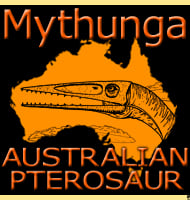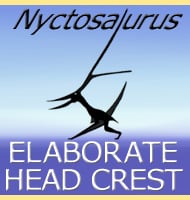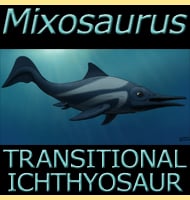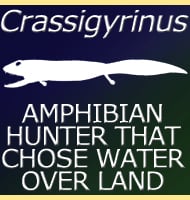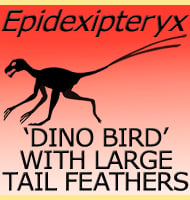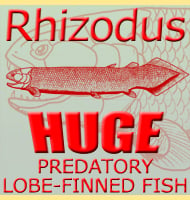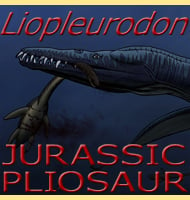In Depth
Sinomastodon is a genus of elephant that lived in Asia between the Miocene and early Pleistocene.
Further Reading
- Mastodons (Proboscidea, Mammalia) from the LateNeogene and Early Pleistocene of the People’s Republic of China. - HistoricalAccount. Mainzer geowiss, mitt., 15, pp. 119–181. - H. Tobien, G. F. Chen & Y. Q. Li - 1986. - The Dance of Tusks: Rediscovery of Lower Incisors in the Pan-American Proboscidean Cuvieronius hyodon Revises Incisor Evolution in Elephantimorpha. - PLOS ONE. 11 (1). - Dimila Moth�, Marco P. Ferretti & Leonardo S. Avilla - 2016. - An examination of feeding ecology in Pleistocene proboscideans from southern China (Sinomastodon, Stegodon, Elephas), by means of dental microwear texture analysis. - Quaternary International. 445: 60–70. - Hanwen Zhang, Yuan Wang, Christine M. Janis, Robert H. Goodall & mark A. Purnell - 2016.


